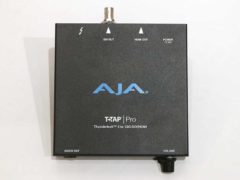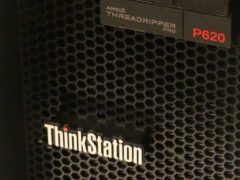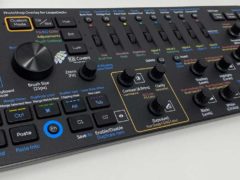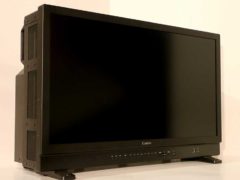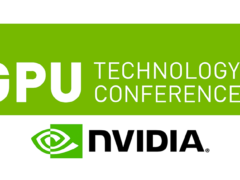AJA has released the T-TAP Pro, a new video output device for editors, colorists, and VFX artists, targeting 4K and HDR workflows. I wrote a series of articles throughout the fall about the various components of an HDR editing workflow. Covering software, workstations, GPUs, I/O Cards, and monitor options, it looked at the state of Adobe based HDR post production at the time. But new things continue to be developed all the time, and this new device from AJA is a hardware output solution that is much more tailored to the needs for most editors who need to output and view HDR content. The KONA 5 is a great tool, which supports nearly everything you can think of for both input and output from SD to 8K. But most editors are now using file based workflows that have no need to input via SDI or HDMI, (or even output those ways besides for monitoring purposes) and few users are viewing content in 8K. So what a majority of editors and other video professionals need, is a solid and reliable way to output UHD and 4K content to their monitor or other device, and ideally one that offers them support for, and control over, HDR color settings.
Continue reading →


